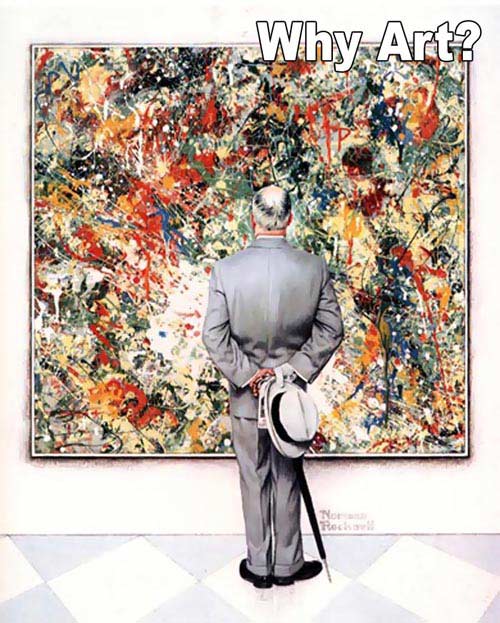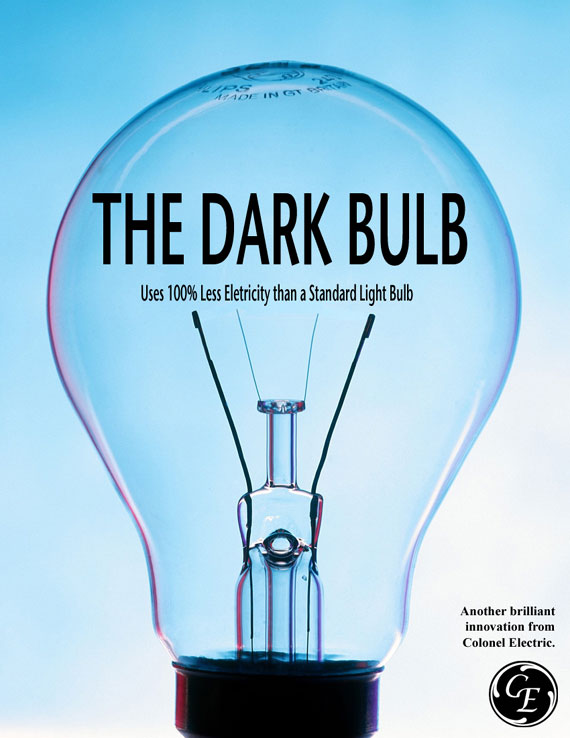It’s the Anwer Man from Tenochtitlan

Montezuma is a village in Mercer County,
Ohio, United States. The population was
191 at the 2000 census.
Dear Montezuma,
I’m confused. My mother and I went out to the local bar to pick up some guys. She ordered a Cape Cod from the bar tender and got what looked like a vodka and cranberry juice. When I asked her what was in it, she said vodka and cranberry juice. Why call it a Cape Cod?
Tresa Green
Westbury, UK
TG, you certainly are confused. Young women are not supposed to go out with their mothers to pick up some guys. Humans are, for the most part, a monogamous species. You should each have been going out to pick up a guy.
Montezuma,
I am absolutely, personally rabid about the use of the words luck and miracle. While both are used idiomatically throughout the English language, I particularly despise the English language, preferring to converse in Esperanto. I’m trying to rid my vocabulary of the former, but since I am a skeptic of some note, I of course must use miracle quite often. Is there some way I could avoid this?
Phil Plait
Rhonert Park, CA
Oh dear Philly, I have also encountered this problem. I have used the word luck in print on no fewer than three occasions. What a travesty! A close friend, a neurosurgeon, suggested an experimental method by which the exact location of the word luck in the brain was located and destroyed, however many of the test subjects have subsequently been unable to recall the words for inconsequential, love, and have subsequently lost their sense of humor. Being a funny person myself, I certainly did not wish to subject myself to such a procedure. The easiest method I have discovered is to endeavor to speak less.
Dear Montezuma,
I have trouble remembering how to spell collannder. Can you help?
Maria Debarkes
New York, NY
c-a-u-l-i-f-l-o-w-e-r
Hiya Moctezuma,
(See, I used Moctezuma because I know my Azteca.) I have only three days to live. Should I count those days from sunrise to sunrise, or from civil twilight to civil twilight?
Kris Kristofferson.
Nashville, TN
It’s wonderful to receive celebrity requests for advice, Kris. I’d like to take this opportunity to agree with you in your activism against chaining pregnant women to heavy objects and throwing them in the water to drown, as depicted in your recent song “In The News.” It takes an incredibly brave man to stand up and speak out against the obvious evils in the world. Chains should never be wasted in such a fashion.
Dear Montezuma,
I’ve been a platinum blonde for many years now, but I’m thinking of a change. Do you think red hair would look good on me? If so, would it enhance my journalism to have red hair and a lighter shade of lipstick?
Xeni Jardin
The Internet
Xeni, Xeni, Xeni, hair color has much more effect on climate change, so I would consider it from this perspective. You see, your current do is light, and hence more reflective across the electromagnetic spectrum, especially visible and infrared light. Darker hair will absorb more light, making sure that such energy stays within the ecosphere of the planet Earth. Scientists call the Pillatory-Refraction-Reflection Proportion, designated by the Hebrew letter Shin. For instance, average platinum blonde hair has a PRRP of Shin 2. Red hair, by contrast, has a PRRP of Shin 1.7. Please, help the planet and your fellows out by retaining the platinum blonde look.
Dear Montezuma,
I’m in sixth grade and in math class I always get the multiplicand mixed up with George Washington. Do you have a handy way for me to remember which is which?
Betty Bonaparte
Bellesville, LA
BB, I didn’t tell you this, but you can write on the palm of your hand that George Washington is not a multiplicand. When your teacher isn’t looking, take a quick peek at your hand to make sure you know what’s what. But, of course, if you get caught, I’ll deny everything when they try to give me detention.
Montezuma,
What kind of manifold would I need for a series 3 Leviathan mulch driver?
Calumny Percopints
Santa Rosa, CA
A tractor manifold would be best.
Monty,
Dude, I don’t get it. Why do they call it Miller Genuine Draft when it comes in a bottle? Isn’t draft beer supposed to come out of a spigot or something?
Rebecca Miller
New York, NY
Becky, there is so much pressure in each bottle of Miller Genuine Draft (over 800 psi), that when opening the bottle a noticeable draft can be detected. Never forget that often words can have several meanings.
Dear Montezuma,
When Gomer Pyle, U.S.M.C. references the Lima Turkey-Trot, what is he talking about?
Thomas Kuhn
Cambridge, MA
The Lima Turkey-Trot was a dance developed by H. Roman Lipinski in Cincinnati, OH. It built cumulatively on the Dragon Run, Pensacola Possum Pouch, Clamtastidance, and Chattanooga Whore Hustle. Some prominent features included an extended, arms akimbo twirling, a third degree semi-goose step, and a complicated buttocks bob-nasal flange maneuver. The Lima Turkey-Trot fell out of popularity around 1959, when it was replaced by the Goiter Throb and related dances.
Dear Montezuma,
I have two coins in my hand that add up to 11 cents. One is not a dime.
Vinnie Magic
Jorgensen, NJ
That’s nice, Vinnie.

How to Make Your Own Stained Glass Decorations
Stained glass windows can be found in religious settings such as churches where the light of the sun illuminates figures and designs, bringing to life stories of a religious nature; such as the lives of the saints. St. Christopher is one saint and I recall, from my middle age, a fellow named Danbury who had a St. Christopher statue on the dashboard of his 1934 Desoto Airflow. The last Desoto came off the assembly line in 1961. Automobile assembly lines are often filthy with grease and other materials. Why not rub a quart of grease onto your windows thrice daily? Within a week they should be badly stained.



